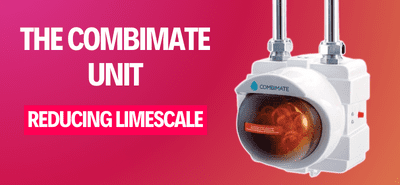Flues, Chimneys and Ventilation
Guide to Flues, chimneys and ventilation
The guide applies to flues, chimneys and ventilation required for any oil fired appliance, including boilers, cookers and stoves used in the home, by the use of draught stabilisers and flue stabilisers.
Flues and Chimneys
A flue is a circular or rectangular pipe from which flue (waste) gases pass from an appliance to the external atmosphere. A chimney is a construction which contains a flue. Masonary chimneys should be always lined with a flexible flue liner, as specified by the appliance manufacturers and be fitted with a cowl to prevent rain ingress. Liners should be replaced whenever a new appliance is fitted.
There are two different types of flue system available – open, and room sealed balanced.
Open flues can be of the “conventional” type where flue gases are expelled through a lined chimney and air for combustion is provided within the room in which the boiler is located. Open can alsobe of a “low level discharge” type, typically found on external boilers, where the flue gases exit the flue at low level and air for combustion is supplied into the boiler casing through a louvered vent.
Room sealed balanced flues draw air for combustion directly from outside. Balanced flues are beneficial in that there is no need for separate combustion air supply, such as a chimney. With a choice of low level, left, right and vertical discharge, they also increase siting flexibility.
Air Supply
In order for your fuel to burn, oxygen is needed. Therefor, it is essential to provide a deicated air supply for combustion for appliances which are of the open flue type. The size of the openings required is dependant on the appliance location, output and where the air supply is to be taken from. Both open and room sealed balanced flue appliances will require additional air supply for cooling purposes where they are located within a cupboard.
Open flue appliances should not be installed in a bedroom, bathroom or garage. Appliances which are of the room sealed balanced flue type should be used in these locations.
Restrictions apply to extract fans where they are located within the same room as an open flue appliance. Your OFTEC registered technician can advise on the air supply requiremnets needed to ensure safe working operation of your appliance.
Safety
Every type of flue and chimney should comply with European and National Legislation with regard to materials, design, and flue termination point. Flue terminations should be positioned where flue gases will disperse quickly, will not re-enter the property via windoes, doors etc and will not cause nuisance to property owners or neighbours. termination below a balcony, carpot or any other area where flue gases might stagnate should also be avoided.
Extra care needs to be taken when selecting a suitable position for condensing boiler flue termination. When operating at their most efficient, condensing boilers can emit a “plume” of water vapour from the flue terminal. White in colour, this vapour is harmless, but should be considered when siting the boiler.
Where a flue terminal is located less than two metres from ground level or where it could be accessed by people, it must be protected with a terminal guard.
Annual Inspection
All oil appliance installations should be serviced at least anually to ensure safety and correct operation. This work should include the checking of flues and ventilation openings to ensure that they are in good condition and not obstructed.
See our range of Boiler and flue accesories at fueldump
Flue stabilisers, draught stabilisers from Tigerholm and Fueldump
Article from OFTEC 123 Home guide to….
www.oftec.org










